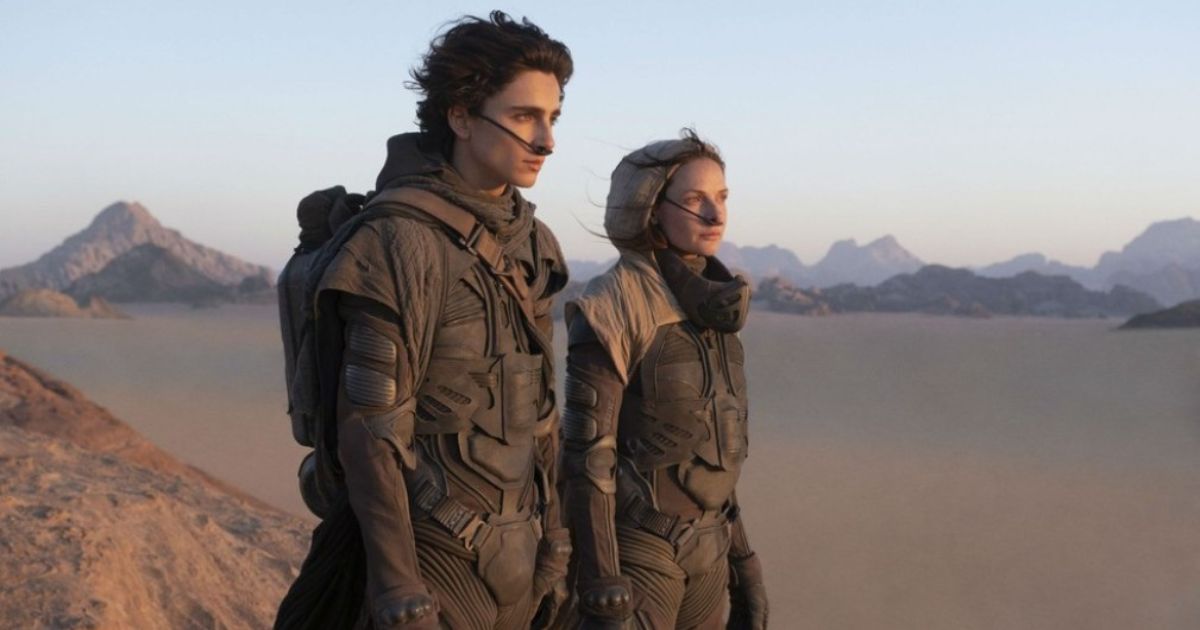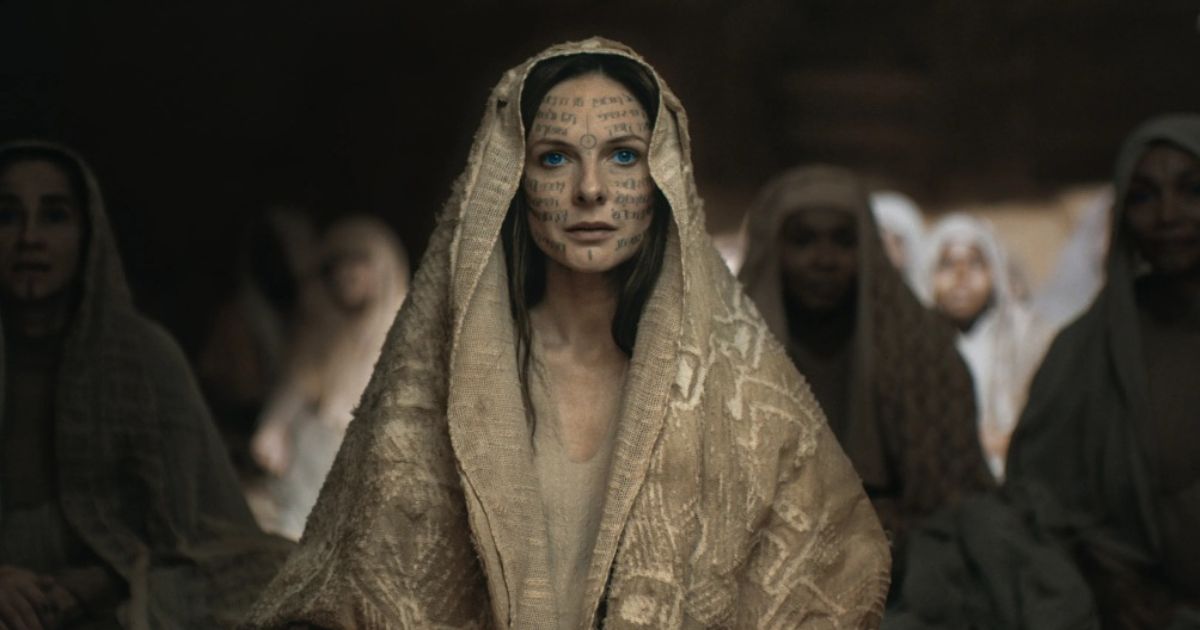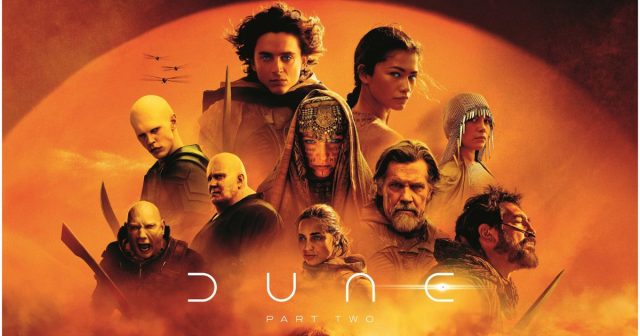At long last, Denis Villeneuve returns to the unforgiving deserts of Arrakis in Dune Part Two, the highly anticipated continuation of his ambitious adaptation of Frank Herbert’s seminal novel. Picking up where Part One left off, the sequel delves deeper into Paul Atreides’ journey from reluctant exile to revolutionary leader, charting his rise amid political upheaval, shifting alliances, and the mystical forces of the desert. With a runtime that spans over two hours, Villeneuve demonstrates his mastery of pacing and world-building, balancing grand spectacle with intimate character moments. From the first frame, the film immerses viewers in a tapestry of golden dunes, intricate tribal cultures, and futuristic technology. This review will explore every facet of Dune: Part Two, from its storyline and performances to its technical achievements, artistic design, and thematic resonance, and reveal whether this epic installment fulfills the lofty expectations set by its predecessor. By weaving practical effects with cutting-edge VFX, the film crafts a tangible reality that resonates with both longtime fans and newcomers alike.
Plot Overview
The sequel picks up immediately after the tumultuous events of the first film, with Paul Atreides (Timothée Chalamet) and Chani (Zendaya) leading the Fremen in a guerilla campaign against the Harkonnen oppressors. As Paul harnesses his burgeoning prophetic abilities and wrestles with the weight of Messianic expectation, he must navigate treacherous political landscapes and forge unlikely alliances—both mortal and mystical. The narrative expands beyond Arrakis, introducing new factions such as the formidable Bene Gesserit sisterhood and the enigmatic Smuggler-Reverend Mother Margot Fenring. Key set pieces include a daring infiltration of a Harkonnen fortress, a strategic council on a windswept plateau, and a climactic battle that reshapes the galaxy’s power structure. While the film remains faithful to Herbert’s text, it judiciously omits certain subplots to maintain momentum, resulting in a streamlined yet satisfying progression that lays the foundation for the trilogy’s explosive conclusion. Through its intricate plot twists and character-driven conflicts, Dune: Part Two magnifies the stakes of Paul’s revolution, challenging viewers to ponder the moral cost of power and the true meaning of destiny. Subplots involving the Togawan guild’s secret negotiations and Princess Irulan’s political maneuverings add layers of intrigue without overwhelming the central storyline.
Direction and Cinematography
Denis Villeneuve’s direction in Dune Part Two is a masterclass in epic filmmaking. He orchestrates sprawling desert sequences with a painterly eye, allowing each shot to breathe while maintaining narrative propulsion. Cinematographer Greig Fraser returns, capturing the vastness of Arrakis through sweeping wide angles and intimate close-ups that emphasize character emotion against an unforgiving environment. The film’s color palette shifts from the ochre sands to muted blues and metallic grays in interior settings, underscoring the contrast between the planet’s raw nature and human ambition. Villeneuve’s deliberate pacing builds tension steadily, whether during hushed council meetings or in the thunderous approach of a colossal sandworm. Strategic use of silence punctuated by sudden sonic punches heightens suspense, while fluid camera movements guide the audience through battle sequences with clarity and urgency. Villeneuve also demonstrates a deft hand for character-driven moments, shrinking the frame to isolate Paul in his most vulnerable & self-doubting episodes. The director’s restrained approach to dialogue-heavy scenes allows the performances to resonate, giving space for Hans Zimmer’s score to fill the emotional vacuum.
Performances

The ensemble cast of Dune Part Two delivers some of the most compelling performances seen in a blockbuster this year. Timothée Chalamet embodies Paul Atreides with a fragile intensity, capturing his evolution from haunted survivor to charismatic leader. Zendaya shines as Chani, infusing the character with both steely resolve and tender humanity, transcending her initial supporting role. Rebecca Ferguson’s Bene Gesserit Reverend Mother Mohiam commands every scene she inhabits, exuding calculated menace. Newcomers Florence Pugh and Austin Butler make strong impressions as Princess Irulan and Feyd-Rautha, respectively—Pugh portraying regal pragmatism, Butler channeling psychopathic charm. Supporting turns from Javier Bardem and Léa Seydoux add gravitas, while Josh Brolin’s rendition of Gurney Halleck provides a stirring emotional anchor. Even minor characters receive careful attention, preventing the large cast from feeling overcrowded. Villeneuve’s direction ensures that performance, not spectacle, remains the film’s beating heart, with each actor given room to explore their character’s motivations and internal conflicts.
Visual Effects and Production Design

The visual effects in Dune Part Two blend seamlessly with on-location desert footage, creating a world that feels tangible and lived-in. The sandworms, rendered with a staggering level of detail, emerge from the dunes with bone-crushing presence, their movements both awe-inspiring and terrifying. Practical set pieces—such as the stillsuits’ delicate filtration mechanisms—add authenticity, while the film’s matte paintings extend Arrakis’ horizon beyond belief. Production designer Patrice Vermette deserves immense praise for building grand citadels carved into rocky cliff faces, complete with intricate Fremen carvings and Harkonnen bleakness. Armor and weapon designs reflect character allegiances and societal hierarchies, informing the narrative without words. The seamless integration of CGI environments with real-world sandscapes ensures that every frame feels part of the same ecosystem. From the glow of spice-harvesting machinery to the flicker of ceremonial Fremen torches at night, attention to detail remains consistently top-tier. This immersive design cements Arrakis as a character in its own right.
Score and Sound Design
Hans Zimmer’s return to Arrakis is a triumph of soundscapes and thematic motifs. The composer incorporates guttural chants, metallic percussion, and haunting synthetic drones to forge a sonic tapestry that mirrors the desert’s harsh beauty and looming dread. Zimmer’s use of non-Western instruments—such as the erhu and Taiko drums—imbues battle scenes with cross-cultural resonance, reflecting the universe’s complex political and spiritual dimensions. Sound designer Theo Green layers environmental effects, from whispering sandstorms to the terrifying subsonic roars of sandworms, enveloping the audience in visceral tension. Dialogue tracks often hover beneath the fray, encouraging viewers to focus on the interplay between character breaths and the world’s ambient chaos. Quiet moments, like Paul’s meditative walks across the dunes, are scored sparsely, emphasizing solitude and introspection. Together, the score and sound design work in lockstep to elevate emotional beats, transform action into poetry, and ensure that Dune: Part Two resonates long after the credits roll.
Themes and Adaptation
Dune Part Two delves deeper into the rich thematic tapestry laid out by Herbert’s novel, exploring the perils of messianic cults, the environmental cost of exploitation, and the complexity of colonialism. Villeneuve honors the source material by preserving its intricate political commentary, particularly in scenes depicting negotiation between powerful houses and the Fremen’s spiritual tenets. The film also emphasizes ecological awareness, showcasing how the struggle for control of Arrakis’ life-giving spice mirrors real-world resource conflicts. Paul’s internal debate over destiny vs. free will anchors the narrative, raising questions about leadership and responsibility. While some plotlines are condensed or realigned for cinematic efficiency, none feel sacrificial to the story’s heart. The adaptation’s faithfulness lies not in rigid adherence to every subplot but in capturing the novel’s spirit—its sense of wonder, its cautionary lessons, and its reverence for the desert’s mystique. This thematic resonance cements the sequel as more than mere spectacle; it’s a thoughtful meditation on power and prophecy.
Comparison to Part One
Compared to Dune Part One’s careful world-building and deliberate pacing, the sequel introduces a more dynamic narrative drive without sacrificing character depth. While the first film focused on setting the stage—laying out political rivalries, cultural customs, and the mythology of spice—Part Two accelerates the momentum, delivering compelling action sequences and evoking a sense of imminent revolution. The darker tone reflects Paul’s internal transformation, moving from passive observer to active insurgent. The production scales up accordingly, with larger sets, bolder VFX, and a broader emotional register. Although some may miss the spare minimalism of the original, the sequel strikes a satisfying balance between introspection and spectacle. The sequel also deepens secondary arcs, such as the Bene Gesserit’s machinations and Chani’s growing influence, enriching the ensemble tapestry.
Audience Reception and Box Office
Early box office reports indicate that Dune Part Two has exceeded expectations, grossing over $250 million worldwide in its opening weekend. Critical response has been overwhelmingly positive, with praise directed at Villeneuve’s vision, the film’s technical prowess, and the cast’s performances. Several reviewers highlight the sequel’s ability to stand on its own merits while enhancing the franchise’s larger narrative. Fan forums and social media channels buzz with theories about the final installment, with many lauding the cliffhanger ending as both bold and faithful to Herbert’s trilogy. Some viewers note minor pacing lulls in exposition-heavy scenes, but such criticisms remain overshadowed by the film’s sweeping achievements. With strong word-of-mouth and the potential for awards consideration in technical categories, Dune: Part Two is poised to become one of the year’s defining cinematic events.
Cultural Impact
Culturally, Dune Part Two continues to influence conversations about representation and spectacle in genre filmmaking. The choice to center Fremen culture—a composite of Near Eastern and Indigenous motifs—has sparked discussions on authenticity and cultural collaboration. Social media campaigns celebrating Zendaya’s Chani and her meaningful agency have inspired fan art and scholarly essays alike. Meanwhile, the film’s environmental allegory resonates amid contemporary conversations on climate change, drawing parallels between spice dependence and fossil fuel exploitation. By marrying high-concept science fiction with accessible emotional arcs, the sequel bridges the gap between arthouse ambition and mainstream entertainment. The sequel’s marketing strategy, including immersive experiences at film festivals and interactive Arrakis exhibits, further amplifies its impact, inviting fans to live within the mythology. This cultural footprint cements Dune: Part Two not only as a cinematic milestone but also as a touchstone for broader debates in film studies and sustainability discourse.
Conclusion
Dune Part Two is a testament to what blockbuster cinema can achieve when artistry and scale unite. Denis Villeneuve has crafted a sequel that honors Frank Herbert’s epic vision while leveraging modern filmmaking techniques to transport audiences to a world unlike any other. The film’s strengths—mesmerizing visuals, a commanding score, robust performances, and thematic depth—combine to deliver an immersive experience that resonates long after leaving the theater. While minor pacing issues exist, they hardly diminish the sequel’s overall impact. Whether you’re a longtime devotee of Herbert’s saga or a newcomer drawn by the promise of cinematic spectacle, Dune: Part Two offers a richly rewarding journey into politics, prophecy, and the elemental forces that bind them. Overall, Dune: Part Two earns a solid 9 out of 10 for its visionary scope and emotional resonance. As anticipation builds for the trilogy’s concluding chapter, this installment reaffirms that Arrakis remains one of science fiction’s most enthralling landscapes.
For Further Reading, explore Barbie Movie Review: Margot Robbie’s Dreamhouse Delivers More Than Pink









